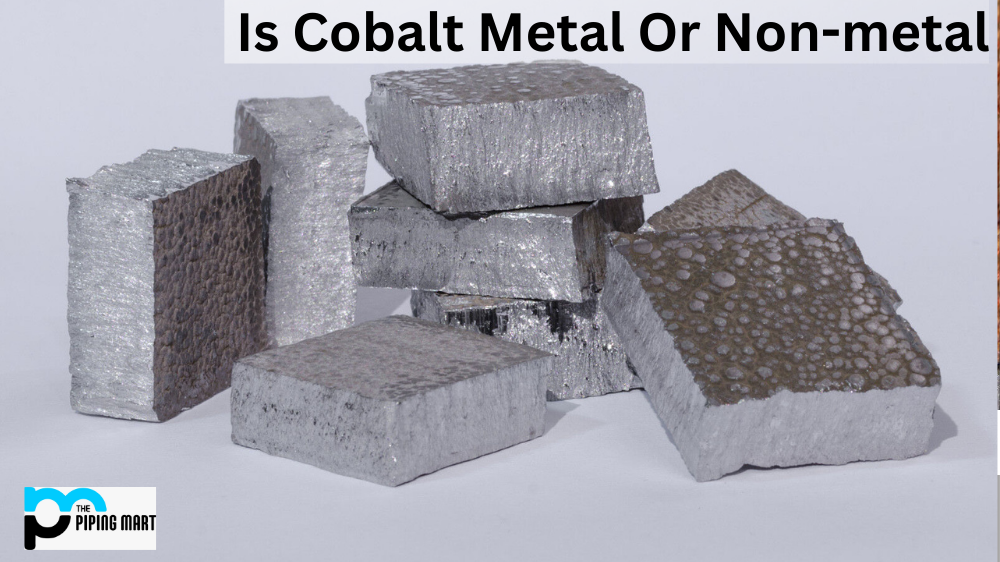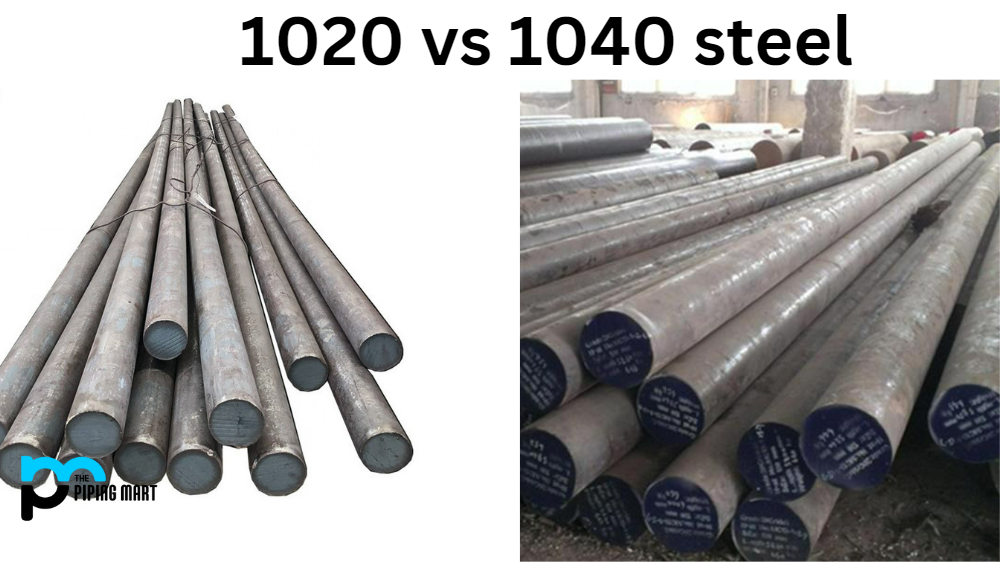Regarding engineering, many different types of steel can be used for various applications. Two of the most commonly used are alloy steel and mild steel. While these two types of steel may look similar on the surface, there are a few key differences between them. Let’s explore what sets alloy steel and mild steel apart from each other.
Difference Between Alloy Steel and Mild Steel
Composition
The biggest difference between alloy steel and mild steel is their composition. Alloy steels contain additional elements such as manganese, chromium, nickel, molybdenum, vanadium, titanium, or cobalt to increase strength or other qualities. Mild steel contains only iron and carbon as the main elements, along with trace amounts of other elements such as sulfur or phosphorus.
Strength
Due to its additional elements, alloy steel generally has higher strength than mild steel. This makes it an ideal choice for applications that require extra strength, such as automotive parts or construction materials. The added strength of alloy steels makes them less likely to break under stress than mild steels.
Cost
Mild steels are much cheaper than alloy steels since they do not contain any additional elements beyond iron and carbon. This makes them a great choice for applications where cost is a major factor, such as construction projects or manufacturing processes that require large quantities of material at relatively low costs. However, if you need extra strength, you may have to pay a premium for an alloyed solution due to its increased cost per unit weight compared to mild steel.
Corrosion Resistance
Although both types of steel are susceptible to corrosion in certain conditions, alloy steels are more resistant thanks to their additional elements, which offer protection against rusting and oxidation over time. This makes them a great choice for outdoor applications where exposure to the elements is unavoidable or when long-term performance is desired without frequently replacing parts due to corrosion damage.
Hardness
Another difference between these two types of steel is their hardness level; alloy steels tend to be harder than mild steels due to their higher carbon content which increases their hardness rating on the Rockwell scale (a measure of hardness). This makes them better suited for applications requiring high levels of durability, such as tools or machinery parts that are exposed to heavy use over extended periods without showing signs of wear or damage due to abrasion or impact forces.
- Alloy steel is stronger and more durable than mild steel.
- Alloy steel is more resistant to corrosion and rust than mild steel.
- Alloy steel is more difficult to weld than mild steel.
- Alloy steel is more expensive than mild steel.
- Mild steel is easier to work with than alloy steel.
- Mild steel is more common than alloy steel.
Conclusion
Ultimately, when it comes down to choosing between an alloyed solution versus a pure carbon one, it depends on your specific application requirements and budget constraints – but understanding the differences between them can help you make an informed decision about which type will best suit your needs! Whether you opt for an alloy solution or a mild one, remember that both types have unique properties that make them suitable for different tasks, so it’s important to choose carefully! Thanks for taking the time today; we hope this article was helpful!
Meet Heer, a dynamic and driven writer learning tricks of her trade in the metal industry. With a background in Digital Marketing, Heer brings a unique perspective to her writing, sharing valuable insights. Apart from blogging she like reading and hiking.




